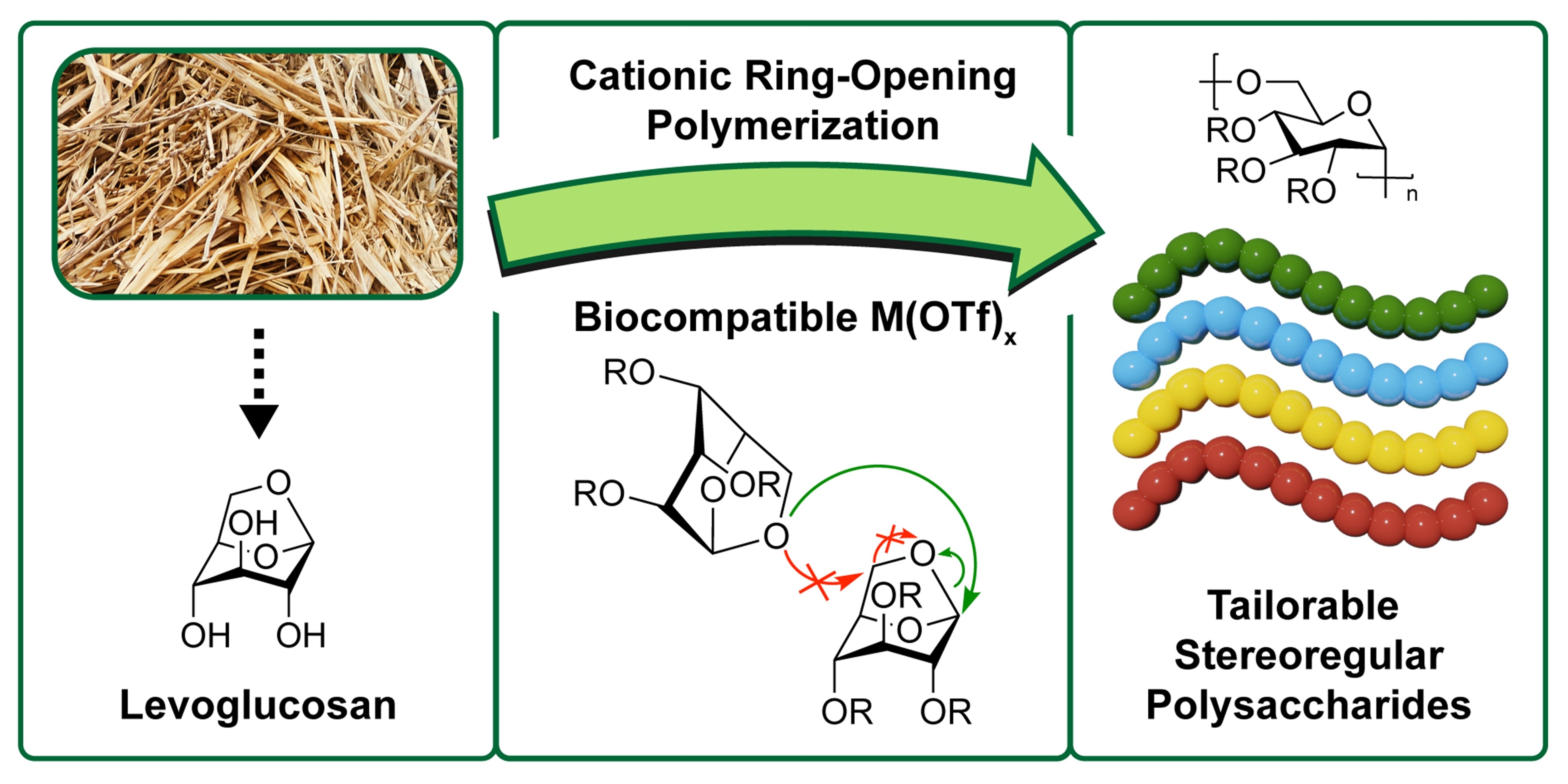3733432
Synthesis and characterization of stereoregular functionalized polysaccharides from biomass-derived Levoglucosan
Date
August 24, 2022
Related Products
Cinchona alkaloid polymers demonstrate highly efficient gene delivery dependent on stereochemistry, methoxy substitution, and length
Nucleic acid delivery with cationic polymers is a promising alternative to expensive viral-based methods; however, it often suffers from lower performance. Herein, we present a highly efficient delivery system based on cinchona alkaloid natural products copolymerized with 2-hydroxyethyl acrylate…
Two is better than one: Using two-component quinine-based polymer systems for enhanced nucleic acid delivery | Poster Board #M64
In the past decade, gene therapy and in particular use of nucleic acids as active therapeutic ingredients has made major strides. One of the major bottlenecks in developing successful therapies is the efficient delivery of nucleic acids in the target cells of the patients…
Thermoset films and nonwovens from two chemically analogous, carbohydrate-derived monomers
Nature offers a wide selection of biobased molecules, many of which have similar chemical structures with only slight differences in the types of substituents present. However, such slight differences may significantly impact the physical properties of the resulting polymers…



